Introduction to medieval medicine
Our understanding of medicine, and treatment of disease, has evolved over the centuries. In the Middle Ages, no one knew that germsmicroorganisms that can cause disease and illness existed and there was no knowledge of antisepticSomething that kills germs. and anaestheticsA drug or substance used to reduce pain or to put a patient to sleep before undergoing an operation.
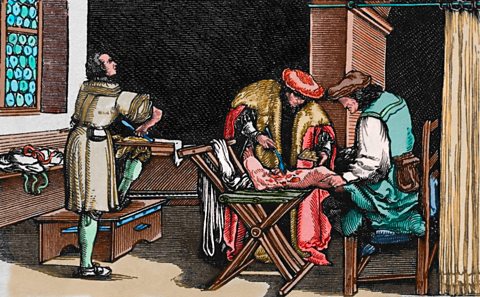
Medieval doctors
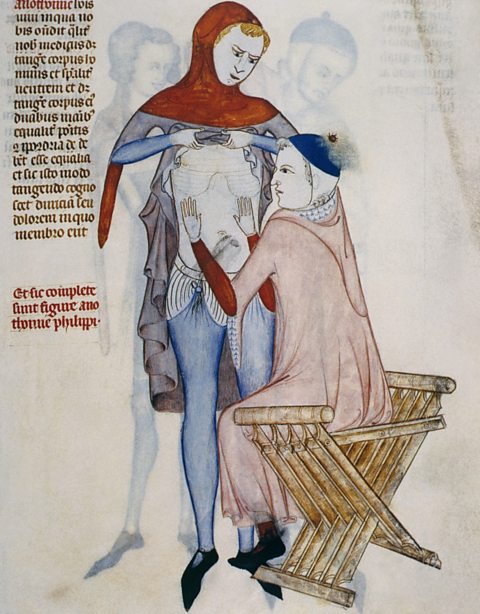
There were very few doctors in the Middle Ages. Training to be a doctor could take years of study and, at the time, there were very few universities.
The main European universities in the Middle Ages were based in Italy and France. This meant students from the British Isles or other countries had to travel to study medicine. This would have been very expensive.
To be accepted into a university, students needed a high level of education т they had to be able to read, write and understand Latin. Very few people had this level of education.
There were few schools at this time and so this meant that students would have come from wealthy families who could afford private tutors.
As a result, there were very few doctors and the ones that did exist looked after the wealthy.

Medieval healthcare
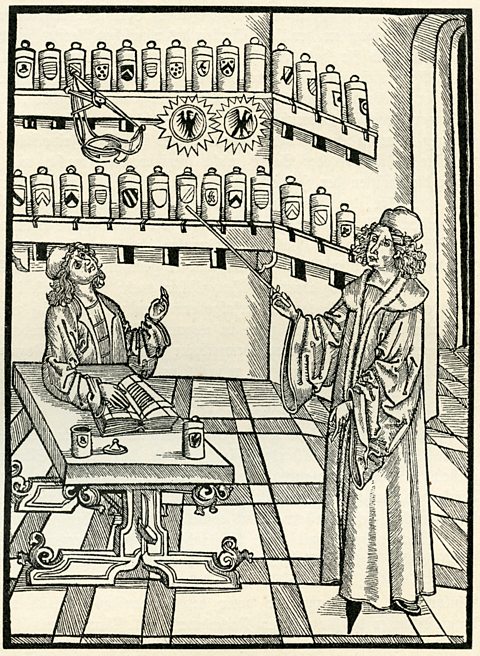
In the Middle Ages, visiting a doctor would have been very expensive and most working people went without medical treatment due to a lack of money.
As a result, many people suffered horribly and many died from conditions and illnesses that we would be able to treat easily today.
As visiting a doctor was not an option for many, most people would have visited an apothecaryA person who prepared and sold medicinal herbs and treatments. or a Wise womenBefore hospitals and modern medicine, wise women were folk healers who could treat simple illness and perform other medical tasks such as delivering babies. to receive a remedy for their illness.
These remedies would often be herbal. Those working in apothecaries would have had little to no training and their remedies may have provided some relief but this was not guaranteed.
Much of the medical knowledge at this time was passed down by word of mouth.

Monasteries
Before universities became more common, most medical knowledge would have been found in monasteries.
The monastery libraries held copies of books and some of these were Latin translations of books written by the physicians and thinkers from ancient Greece and Rome, and also works from the Middle East.
Also, most monasteries would have had herb gardens. The herbs from these gardens could be used to make simple potions and medicines.
What herbs were used for medicine?
Most medicines in the Middle Ages were plant-based. There were herbs to use for every ailment.
- Coriander was used to treat fevers
- Sage was used to help purge the body of venoms and poisons
- Chamomile was used to help people sleep and also to settle upset stomachs
Ancient medicine
Before important medical figures such as Hippocrates and Galen, what passed as medical knowledge was based on astrology, religion and superstition.
Hippocrates
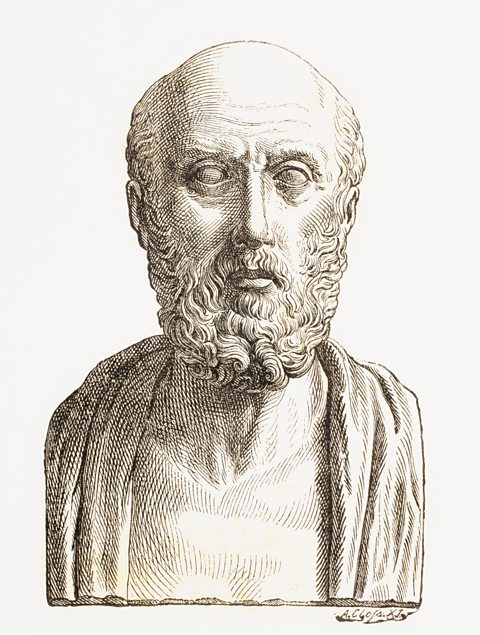
The Ancient Greek physician Hippocrates was hailed by Medieval doctors as the тFather of Medicineт. He as one of the earliest doctors to believe that diseases and illnesses had natural rather than supernatural causes.
Hippocratesтs approach to medicine relied on observing the patient so as to properly categorise and diagnose the symptoms of their illness.
He is famous for the medical oath named after him т the Hippocratic Oath. The oath is an ethical code that all doctors agree to abide by when they begin to practice medicine. Through the oath, doctors promise to protect the health and interests of their patients.
Hippocrates's methods were adopted by doctors across Europe and the Islamic world long after his death.

Galen
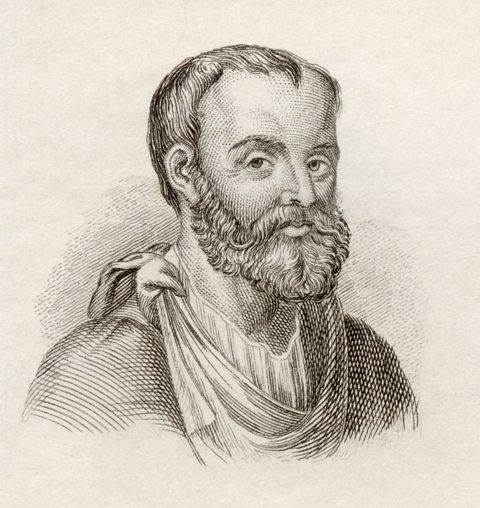
Galen practiced medicine in 2nd Century Rome here he was the doctor to several Roman Emperors. Much of Galenтs medicine was based on the work of the earlier Greek doctors, such as Hippocrates.
Galenтs major contributions to medicine came though DisssectionCutting something open in order to study its internal structures. animals and applying his findings to humans.
Through this method, he made important discoveries about the circulation of blood and the workings of the spine. He also discovered that urine was produced, not in the bladder as was commonly thought, but in the kidneys.
Galen was influential for expanding on Hippocrates's theories of the four humours. His medical writings were very influential and his ideas and medical practices and methods remained in use for several hundreds of years.

The four humours
Galen believed that the body contained four important liquids called humours.
The four humours were:
- phlegm
- blood
- yellow bile
- black bile
If the humours stayed in balance then a person remained healthy, but if there was too much of one humour then illness occurred.
- If a patient had a runny nose, it was because of an excess of phlegm in the body.
- If a patient had nose bleeds, it was because of an excess of blood.
It was important to keep the patientтs body in balance. This was done by removing excess fluid. The most common method used by doctors in the Middle Ages was bloodletting.
There were two methods of bloodletting т either a patientтs vein was opened and drained for a period of time, or leeches were placed on the patientтs body to draw blood from them.
The influence of Islam
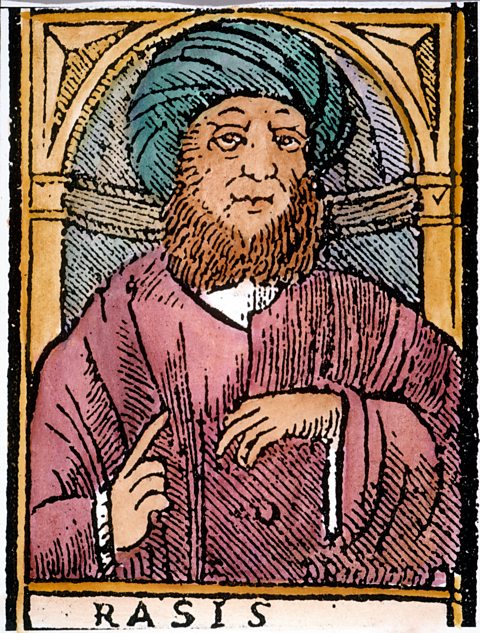
Medieval thinking about medicine evolved in Europe through encounter the Middle Eastern culture of Islam.
Islamist scholars like Hunayn ibn Ishaq began the process of translating, and later applying, Galenтs theories.
As Galenтs theories became more widely read in the Islamic world, many began to criticise his findings and build upon their own.
Once such scholar was AbХЋ Bakr MuсИЅammad ibn ZakariyyФЪО al-RФzФЋ, who practiced medicine during the 10th Century in modern day Iran.
al-RФzФЋ believed that Galenтs work was not comprehensive. He thought that medicine should focus on treating each patient individually, rather than simply treating the symptoms, and that diet and hygiene had an important role to play in promoting a swift recovery.
al-RФzФЋ ensured that when treating patients, that their room was at an appropriate temperature and there was a flow of clean air.
He is also credited as being the first to distinguish the difference between smallpox and measles т two diseases that had the potential to spread quickly and kill.
Many of his theories were translated into Latin and made their way back to Europe т helping to influence the development of medical practice.

Summary
Medicine in the Middle Ages was not very sophisticated by modern standards.
They had little concept of germs or the causes of infections and many of their ideas about how the human body works were either wrong or very limited.
However, thanks to the influence of doctors such as Hippocrates and Galen, the move away from superstition to a more professional and science-based medicine had begun:
- doctors observed and noted the symptoms of their patients
- they documented conditions and the treatments they applied
- this learning could be shared across Europe through books and other writings
- they became aware that illnesses and diseases had physical causes
- through animal dissection, knowledge of anatomy and biology improved
Test your knowledge
More on Medicine through time
Find out more by working through a topic
- count4 of 8

- count5 of 8
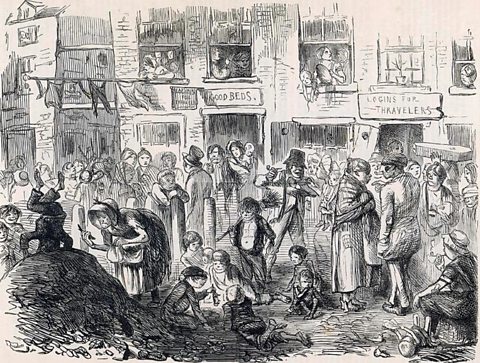
- count6 of 8
